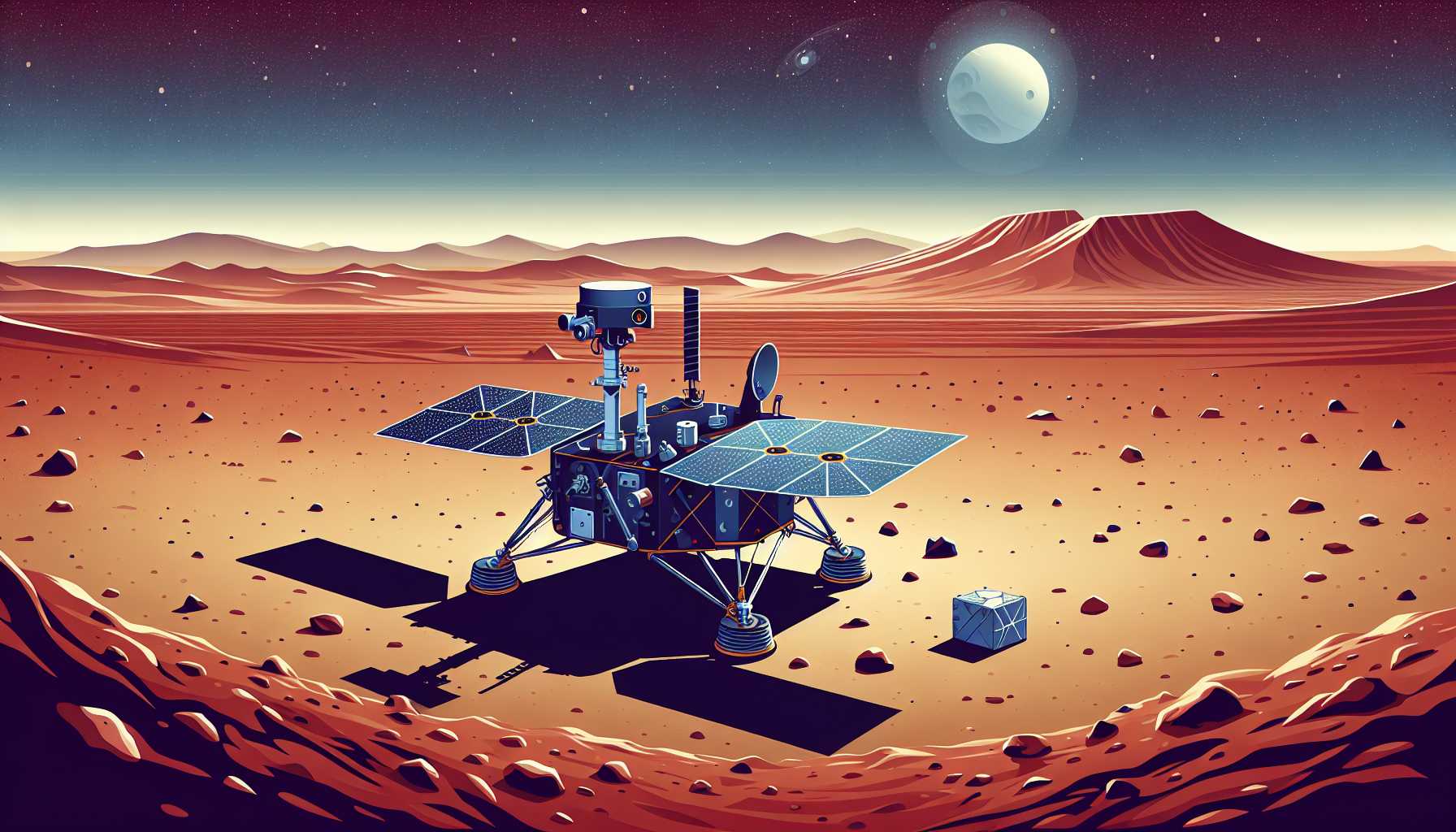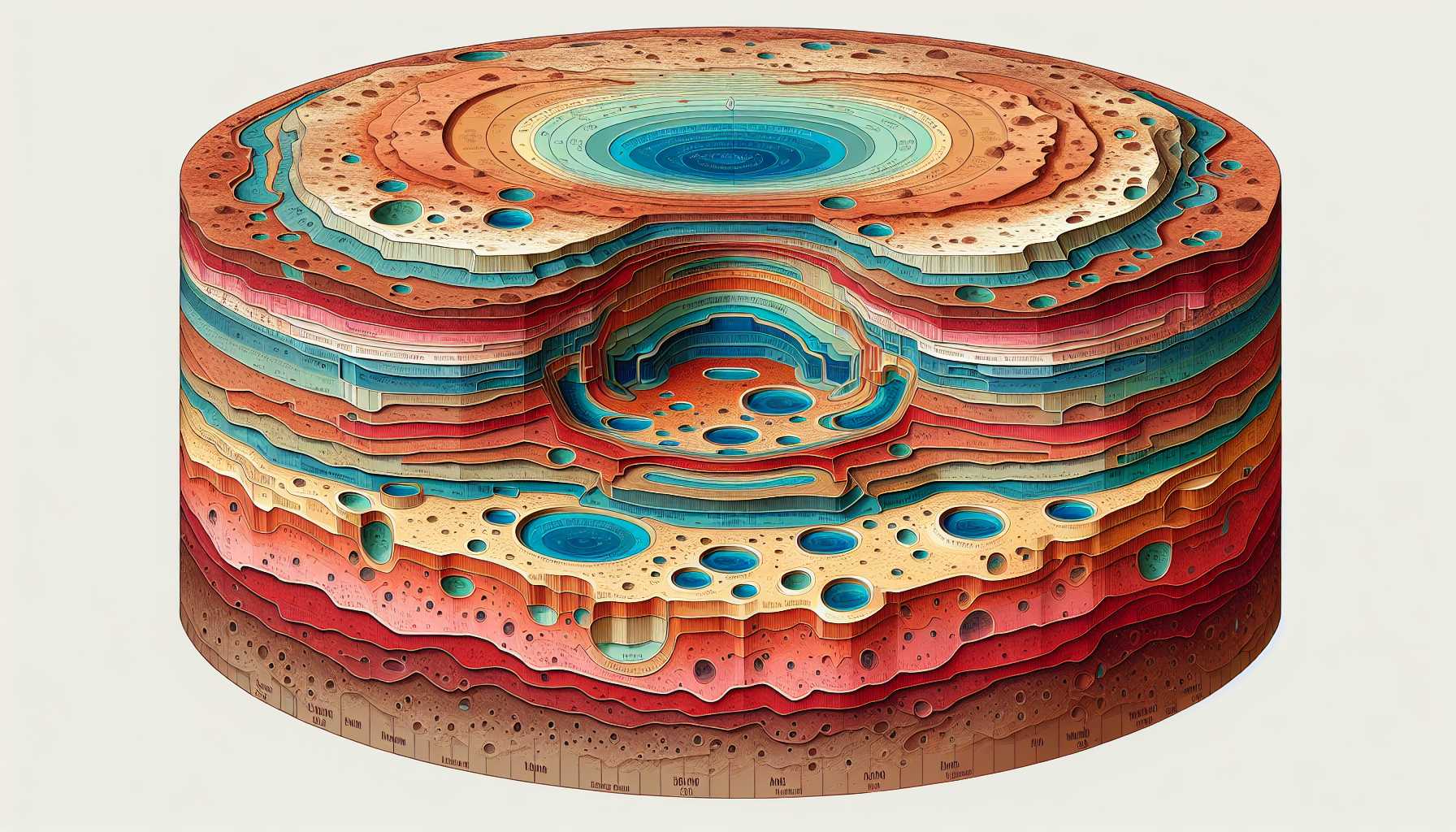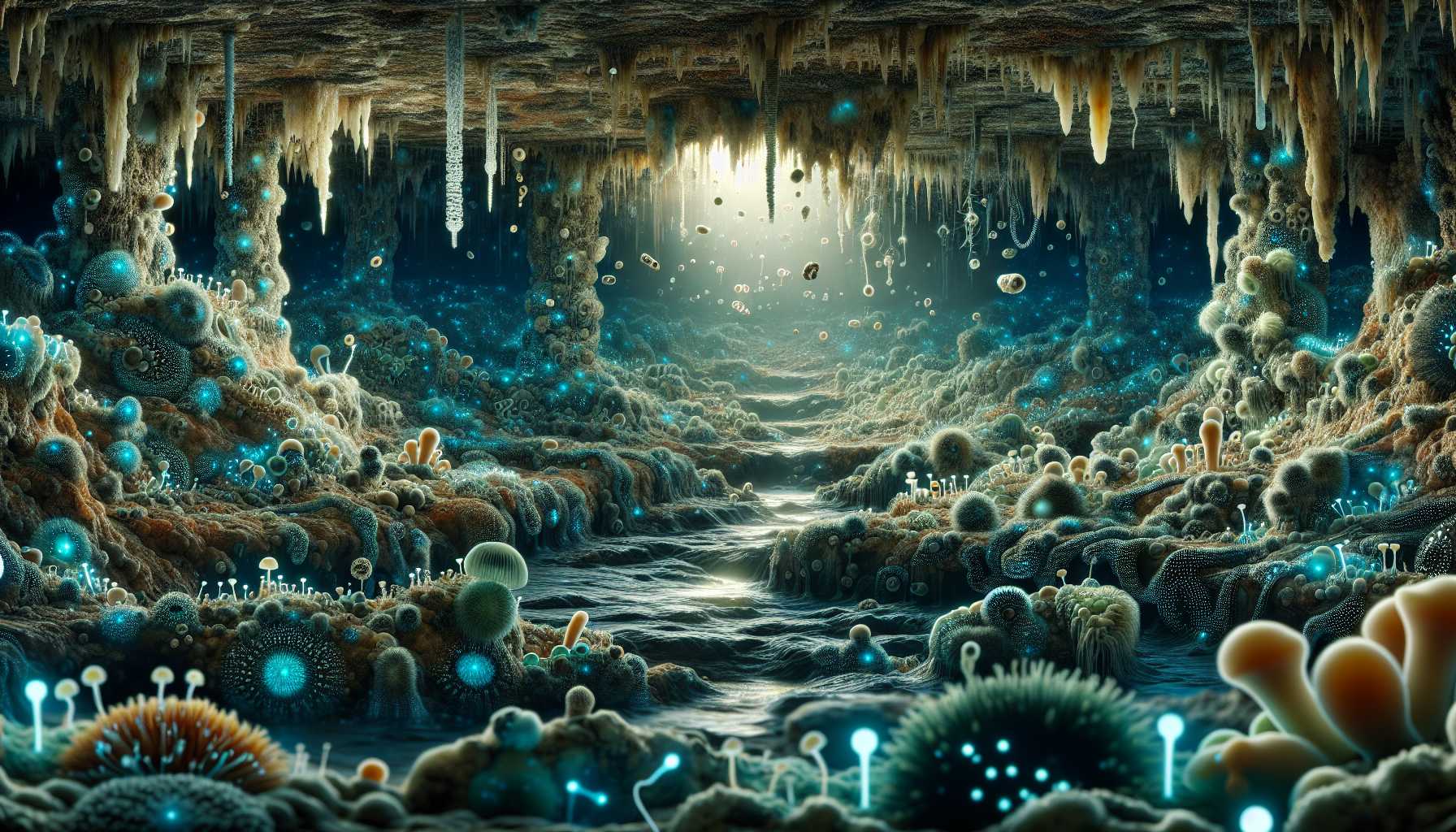Marsquakes and Martian Mysteries
Mars, the enigmatic Red Planet, continues to fascinate scientists and space enthusiasts alike. In a breakthrough discovery, NASA’s InSight lander, designed to study Mars’ inner workings, detected over a thousand marsquakes and perhaps even revealed a huge reservoir of water deep within the Martian crust. This revelation could explain where the Red Planet’s water went as it dried up and suggests Mars may still hold environments hospitable to life.
The InSight lander spent four years recording geological activity on Mars. It was equipped with a seismometer, an instrument similar to those measuring earthquakes on Earth. By analyzing seismic waves caused by marsquakes, geological activity, and meteorite impacts, scientists gleaned vital information about the planet’s subsurface.
The Water Mystery: A Deep Dive
Planetary scientists, using data from InSight, recently published their findings in the journal Proceedings of the National Academy of Sciences. The water they detected is not near the Martian surface, which is 1,000 times drier than the driest desert on Earth. Instead, this water exists some 7 to 13 miles underground, in cracks and fractures of the deep Martian crust. Dr. Michael Manga, a planetary scientist at UC Berkeley, explained, “We identified the Martian equivalent of deep groundwater on Earth.” This invites further investigation and bolsters the idea that Mars may still have significant amounts of water, albeit hidden deep underground.
Seismic Waves and Subsurface Secrets
Understanding what’s beneath Mars’ surface requires analyzing seismic waves. The speed of these waves depends on the nature of the rock and whether the rock has cracks filled with substances like water. By plugging seismic Martian readings and subsurface gravity measurements into computer models, scientists map out what lies below just as they do on Earth for water aquifers or deep gas resources. “A mid-crust with rocks cracked and filled with liquid water best explains both seismic and gravity data,” Manga stated. This discovery provides insight into possible water reservoirs, crucial for understanding Mars’ geological history and potential to harbor life.
A Watery History
Billions of years ago, Mars had great lakes and rivers. However, as Mars gradually lost its insulating atmosphere, much of this water was lost to space. Yet, it’s possible colossal amounts of water drained into the subsurface, remaining hidden deep within the crust. The recent detection suggests a considerable amount of this ancient water could lie in the deep Martian crust. Dr. Manga pointed out that finding liquid water buried deep underground answers the question of what happened to Mars’ ancient liquid surface water.
Life Deep Underground?
The tantalizing possibility of life existing deep within the Martian crust is based on our understanding of Earth. Here, we find microbial life in extreme subsurface environments where water and energy sources coexist. While future Martian explorers won’t be able to drill many miles into Martian rock to directly access or analyze this water, they might find liquid water in geologically active regions like Cerberus Fossae. The harsh and irradiated Martian surface may not be an ideal home for life, but the deep, watery underworld could offer a refuge for hardy life forms. This discovery opens doors to countless questions and potential missions aimed at exploring Mars’ subsurface for signs of life.
Conclusion
The recent discoveries by NASA’s InSight lander enrich our understanding of Mars and its potential for life. The identification of extensive underground water resources and ongoing seismic activity opens new avenues for research and technological development in space exploration. These findings not only renew interest in the Red Planet but also encourage the continuous advancement of scientific inquiry and the development of innovative space technologies.





